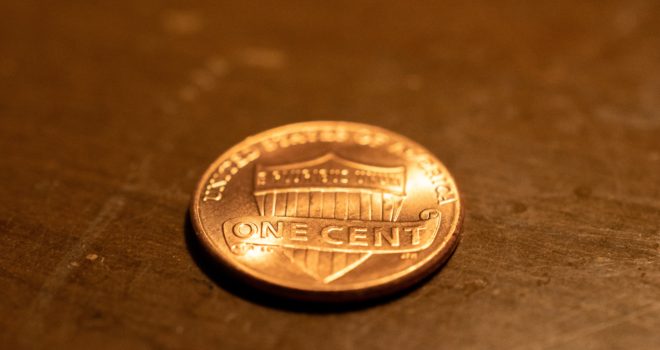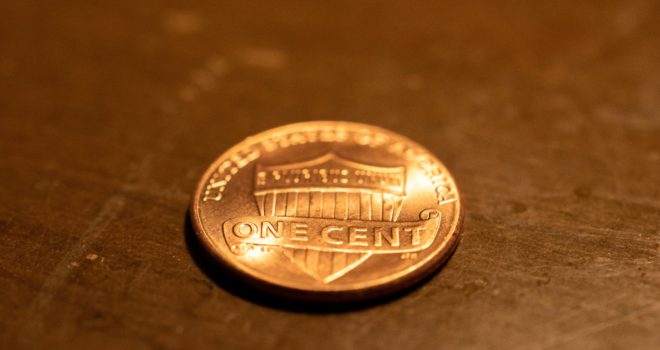In the early 20th century, tuberculosis was a major health concern throughout the world. Treating those who were suffering from this dreadful disease, however, was expensive. The tuberculosis sanatorium in Delaware, for example, needed $300 to remain open and continue to serve its patients. That amount in 1907 was equivalent to roughly $9,000 in today’s world.
Emily Bissell was the secretary of the Delaware Red Cross and an active member of the American Lung Association. She had heard of a Danish postal clerk by the name of Einar Holboll who, in 1904, conceived the idea of people adding an extra stamp to their Christmas mail in order to raise money to help children suffering from tuberculosis. Thus, in that year, Denmark issued the world’s first Christmas Seal. The project was immensely successful and by 1911 enough money was raised to build The Christmas Seal Sanatorium, in Kolding Fjord, Denmark. Other nations in Europe quickly followed. Christmas seals became a permanent project.
The Christmas Seal project had great appeal to people’s charitable instincts. The story is told of an elderly woman who received three letters without the Christmas seal. She returned them to their writers unopened, declaring that she was not going to know anyone who did not use the Christmas seals.
Bissell read about their huge success in Denmark and decided to introduce Christmas Seals in the United States. In 1907, she designed America’s first Christmas Seal. It was first made available to the public on December 7th. Because of its newness, however, it was slow to catch on. Bissell then contacted the “North American,” a Philadelphia newspaper that was sympathetic to the cause. The editors ran a series of articles promoting Christmas Seals under the heading, “Stamp out Tuberculosis”. President Theodore Roosevelt gave the project an additional boost by lending his own support. By the end of the year the Christmas Seal project raised over $3,000,ten times? what was need to keep the Delaware sanatorium open. Annual Christmas Seals became a permanent event.
By the year 1926, the money raised by the sale of Christmas seals established 800 sanatoriums with 70,000 beds, 600 clinics and 3,000 fresh-air schools, and 10,000 trained nurses. How far does a penny go? At least, the Parade of Pennies has kept pace with the March of Dimes. It was a gift from heaven and the number of children cured of tuberculosis is uncountable.
In 1924, The National Tuberculosis Association in Atlanta, Georgia invited Holboll to be its honored guest at its annual conference. He enjoyed the affair and counted it as the greatest triumph of his life. He passed away in 1927. That year, his image appeared in Denmark’s annual Christmas seal.
Little things can go a long way. The Christmas seal project was, to use an appropriate word, “contagious”. And so is a smile which radiates from its humble beginning to transform society. And so is the infectious expression, “Merry Christmas” which this writer extends to everyone.
Photo by Elijah Mears on Unsplash












